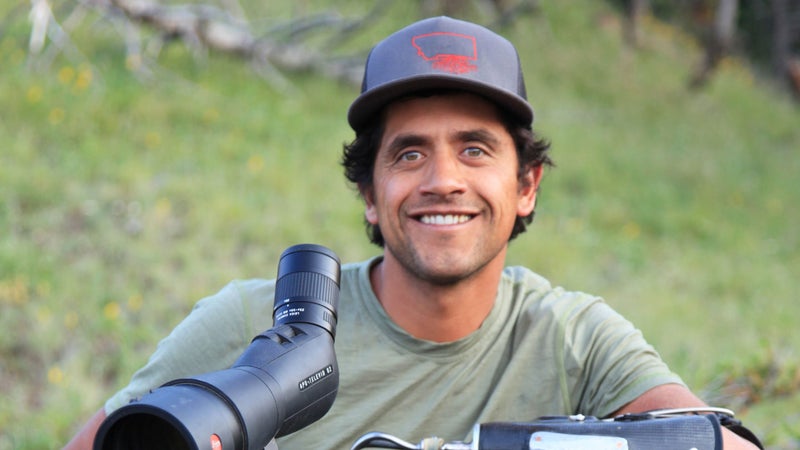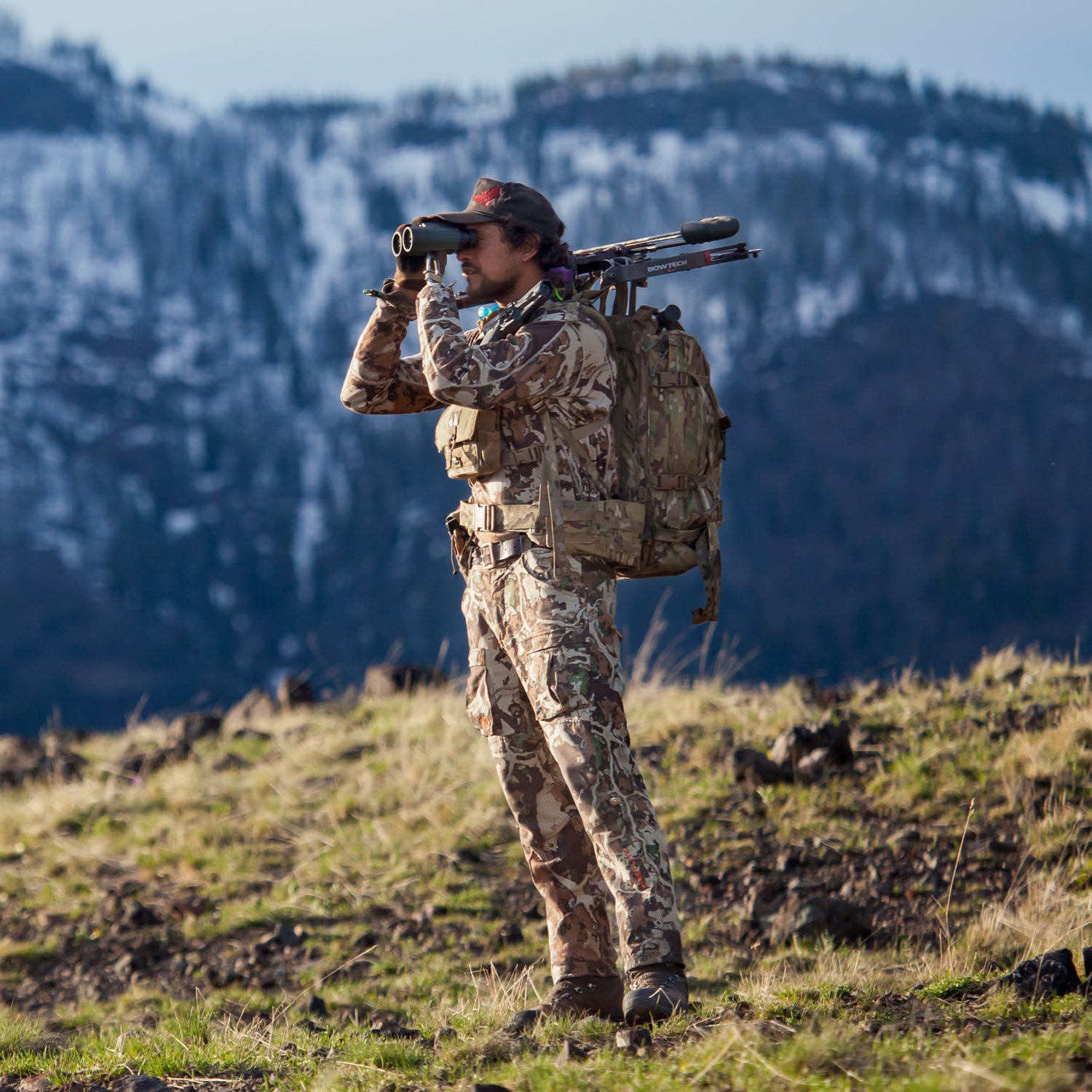Eduardo Garcia had so many plans. In 2011, at the age of 30, he was launching a sauce company, . He’d sent the Food Network a sizzle reel for a cooking show, and executives wanted him to fly from his home in Bozeman, Montana, to New York City to discuss it.
Then, while on a hike in the backcountry of southwest Montana, Garcia reached down to examine a dead bear cub. What he didn’t know was that a live wire had killed it. He also didn’t know that its dead body was still on the wire. When he poked the bear, he was hit with 2,400 volts. The next thing Garcia remembers was stumbling out of the woods, knowing that if he didn’t find help soon, he’d die.
He ended up at the University of Utah burn trauma center, where he spent 50 days in the intensive care unit and had his left hand and forearm amputated. “All day, every day, I thought, how am I going to cook again? How am I going to live again?” he says. While hospitalized, he received more bad news: he had stage two testicular cancer. He’d have to go through chemotherapy before he could begin recovering in earnest.
The day he was finally released, Garcia had one goal: to climb the hillside he’d spied every day from his hospital bed. “I made it like a tiny way up, got winded, sat down, and cried a bunch,” he says. But he knew his recovery had begun. “Every opportunity—every day since then—I’ve been outside.”

It’s taken years, but Garcia has finally made a full recovery. He’s the star of a new documentary about his near-death experience, called , which will debut at festivals next year. (Catch a preview of Garcia hunting, fishing, and foraging in , a short film produced by the Montana Department of Tourism.) He’s also the subject of a Yeti web series called A Hungry Life, which will air sometime late in 2017. That show focuses on his adventures hunting and foraging in the Montana backcountry, which is something he’s finally back to doing on a regular basis. And like most people who have had a near-death experience, he’s finding even more joy in the smaller things, like seeking out berries, picking stinging nettles, and tracking elk.
A big part of A Hungry Life is showing the rest of us why we shouldn’t wait for a near-death experience to find these things. Foraging isn't all that common, even among avid outdoorspeople, but Garcia thinks more people should give it a try. “If you’re a nut for the outdoors, get ready for that to be amplified tenfold. Foraging connects the dots on how nature is nourishing,” he says.
Returning to nature was easy. Returning to cooking wasn’t. If there was any bit of luck in Garcia’s accident, it was that it took his left hand, not his dominant right one. Still, mincing, whisking, and kneading are much easier with two hands, and it’s taken time to recapture these skills. “It’s like screwing in a screw that’s been stripped,” he says. But he tries to keep some levity about it, often joking about the convenience of being able to touch sizzling pans, or slice himself without bleeding. He's often referred to as the bionic chef.
It’s easier to make these jokes now, of course. Early on, he says, “I was a mess. During my recovery, people would say, ‘You’ve got to write a book or do a film.’ But all I wanted to do was hide out in a cabin and not talk about anything.” It took years to reach his current, positive state of mind.
The point of all of his new projects, he says, is both to empower those living with disabilities and those who just aren’t living enough. Since his accident, wild blackberries have tasted just a bit sweeter and cooking found food over a campfire has become even more satisfying. “You meet the love of your life, and you may not know it. It’s not until you go through that horrible thing that you realize it—it’s like that.”


